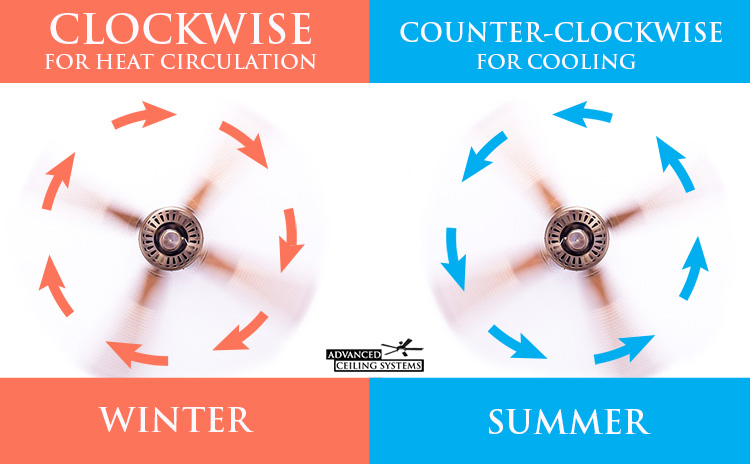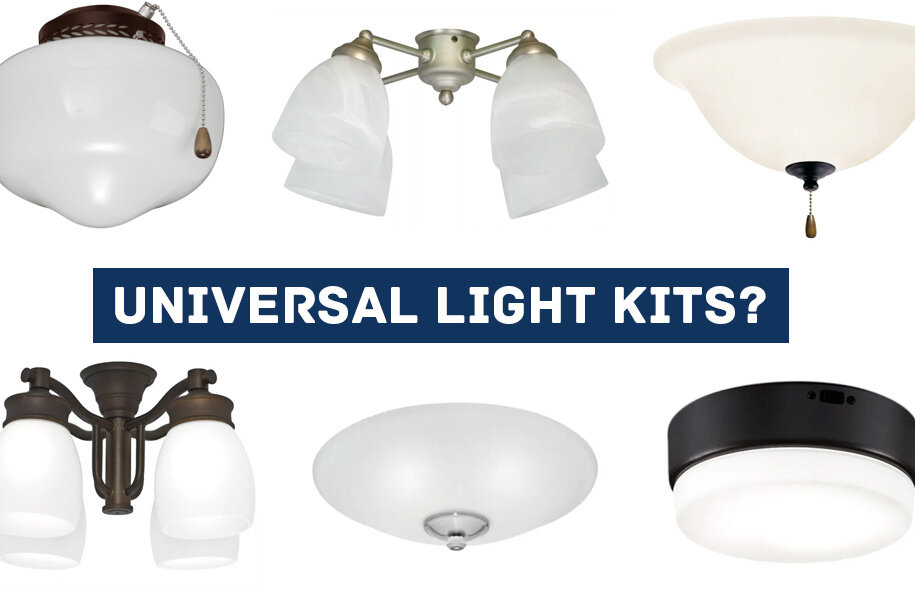How to Use a Ceiling Fan in the Winter for Heat Circulation
Learn More.
Guide to Common Ceiling Fan Styles and Blade Count
How to Choose the Right Ceiling Fan Size
What You Need to Know Before Buying an Outdoor Ceiling Fan
How to Use a Ceiling Fan in the Winter for Heat Circulation
Many people who purchase ceiling fans to help keep them cool during warmer weather may be wondering why their ceiling fan has the functionality to turn both ways. The truth is that a ceiling fan can be used year-long for both cooling in the summer and heat circulation in the winter.
Do Ceiling fans help circulate heat?
When a ceiling fan rotates counter-clockwise it pushes air downwards and creates a cooling breeze. By reversing the blade rotation to clockwise at a low speed the ceiling fan will now create an updraft that circulates warm air throughout the room. Since warm air tends to concentrate near the ceiling of a room, this circulation will force warm air around the living space. When using a ceiling fan for hot air circulation make sure to set the speed to low as a medium or high setting may create a breeze and create an unwanted cooling of the room.
There are many reasons to make good use of your ceiling fan during the winter months. Those with high or vaulted ceilings will see a great temperature difference with the extra heat circulation a ceiling fan can provide. Likewise, those with heat sources that do not circulate the air will feel warmer in the colder spots of the room. Properly using a ceiling fan for heat circulation can cut heating costs and provide a more comfortable living space when you need it most.
Which way should ceiling fans turn in the winter?
Below is an easy visual reference for which way your blades should be turning during winter use for hot air circulation.
What to know before buying
If you would like a ceiling fan that can be used year-round make sure to choose a fan that has direction-switching functionality. The good news is that most ceiling fans have this functionality and it only take a turn of a knob or flick of a switch at the base of the ceiling fan to reverse the rotation of the blades.










